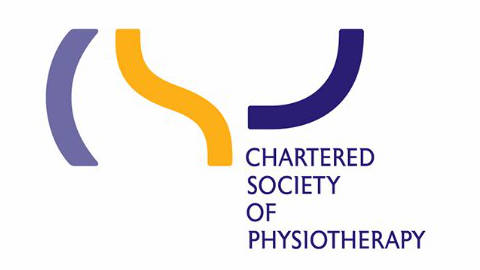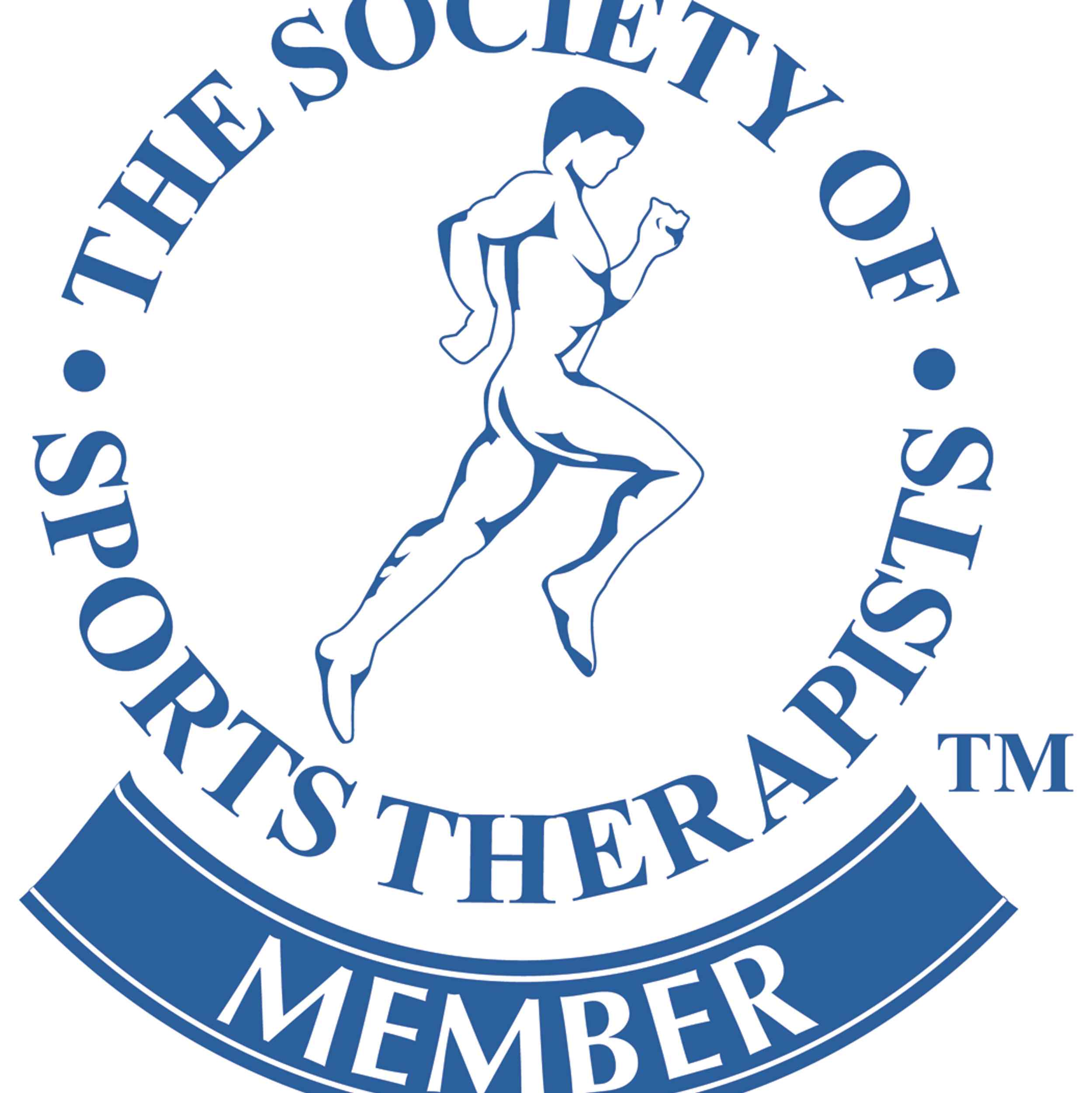Running Related Knee Injury
Running is incredibly popular in the UK with 1 in 5 people over 16 report they will go running at least once a month in 2024. It has become immensely popular due to its low cost, health benefits and weight loss and that it can be done anywhere (Runners World 2024).
Over the last decade, running has also been seen as a great way to socialise thanks to the introduction of clubs such as running clubs such as Caerleon Running Club, Lliswerry Running Club and CDF Runners to whom we regularly provide our services.
The NHS couch to 5k is a fantastic resource that has been downloaded more than 6.5 million times and gives some great advice in terms of how to structure and plan your running journey. However, unfortunately we still see lots of people in our clinic who have inevitably encountered an injury whilst returning to running as well as experienced and seasoned competitive runners for that matter.
You can find further advice on exercises to prevent running injuries within the NHS app. However, we thought we would share our experience of working within professional sport to provide a clearer pathway to helping you run better and injury free.
More than 80% of running injuries are caused by repetitive stress Maarten et al (2015), and in severe cases can progress to stress fractures but sudden injuries like a muscle strain or an ankle sprain may also occur.
Therefore it is important to ensure that we prepare our body for the physical demand that running requires.
There are several things that can put you at greater risk of injury.
-
Increasing the speed, intensity, or distance of your runs too quickly.
This can place too much load on structures such as your Patella, and achilles tendon that may not be used to so much force so soon.
-
Muscle imbalance or weakness.
This can affect your running gait and technique which can lead to a calf or hamstring strain.
-
Training Error
For example, when running on an uneven surface or hills Patellofemoral Pain is a very common complaint from runners in this category. Hill work is a common cause as running down hills places significantly more force on your patellofemoral joint.
-
Reduced Movement Control
How we run is closely linked to muscle strength, movement control and biomechanics. Improving these areas may help running form but it can also help to have your running gait analysed to look for changes that may be related to your pain. Foot strike, stride length, overpronation, supination and hip adduction all have the potential to overload the knee, hip and ankle. Many studies have looked into foot strike and running form and pain. One conclusion made is that increasing step rate and reducing stride length may reduce load on the knee. Reducing stride length can be a relatively easy way to reduce load on the knee during running. You may find by doing this you are able to run with less pain, or even pain-free. Personally, I’ve found this very useful to do whilst listening to a specific music a desired beats per minute to try and metronome the foot strike.
-
Footwear
If you’re a new runner and only looking to run 1-2 x per week then there is very little evidence to suggest that you need to buy expensive trainers, However if you’re planning on running regularly then it is important to note that all of our anatomy is different and a one size fits all approach is simply far from optimal. Here at the Treatment Room we are partnered with Ace Feet In Motion (URL) whom are the best providers in Wales when it comes to podiatry and trainer specific recommendations.
-
Not enough Recovery
It is important to note that your body needs time to adapt to the demands that are placed on it and that your training is periodised properly. Your Calf muscles work just as hard running at 60% as they do at 80% therefore doing a shorter lower cadence run may put your calf muscle at an increased risk of injury for example.
Some injuries may be caused by more than one risk factor. The most common risk factor, however, is having a previous injury, so preventing a first injury should be a key focus and having a Assessment here at the Treatment Room with one of our Therapists may be key to Identify any of the above risk factors and implement a pre-habilitation plan
How to Prevent Running Injuries
Plan your weekly running Target!!!
Obviously prevention is better than cure so train wisely. Don’t increase weekly mileage by over 10% per week. Have a rest day after long runs. Run long runs at an appropriate pace. Mix up running surfaces where possible to change the stresses going through the legs. Don’t be afraid of rest or swapping in cross training as it is lower impact than machine or road running. Keep an eye out for over training or being ”in the red”. There are lots of online training apps such as strava that can be really helpful guides.
Know your limits
When you’re running, notice how your body feels. If you’ve started to notice a twinge or some tightness, don’t ignore it and push on. If you’re new to running, start slowly and gradually increase how much you do.
Combine your Running with Strength Training
Regular strength training, such as using weights and doing body weight exercises, can reduce your risk of injury. You should aim to do two strength training sessions a week. if you’re not sure where to start. See our upcoming blog which will provide guidance from newbies to more seasoned runners too.
Warm up and Cool Down
Spend five to 15 minutes warming up before a run. Doing some light aerobic activity, such as jogging on the spot or performing some plyometric exercise can help improve your running mechanics and also help improve your lower limb biomechanics. Although there’s no conclusive evidence to suggest that stretching before a run can lower your risk of injury, it may help you to mentally prepare.
After your run, try spending 5 to 15 minutes cooling down. This involves light activity, such as walking and stretching your leg muscles. Some people think that stretching after running reduces muscle soreness the next day, but there’s little evidence to support this. However, stretching does maintain and improve flexibility. You might find it’s more effective to stretch after a run because your muscles have warmed up.
Have Recovery Days
Running too much can increase your risk of injury through overuse. Have recovery days where you don’t run. This gives your body a chance to rest. And try to alternate easy runs with longer or more intense runs. This helps your body to adapt, and to repair muscle.
Fuel your body
What you eat before, during, and after you exercise can affect how well you perform. The right diet will support any training programmes you do and help you to recover more efficiently, reducing your risk of injury.
Footwear Selection
The best thing about running is that you only need a good pair of trainers to do it. You don’t need a gym membership or expensive equipment to run. But make sure you get a pair of shoes that matches the shape of your feet and lets you run naturally.
Some specialist sports shops can watch you run and advise you on the best trainers for you. If possible, take an old pair of trainers with you so the advisor can check how they have been worn down. Personally brands such as Hoka , Asics and brooks are a great place to start
We hope you found this blog helpful. If you’re suffering with knee pain please don’t hesitate to contact our team on 01633 479029 or book your appointment online with any of our practitioners in Newport, Cardiff or Penarth.



